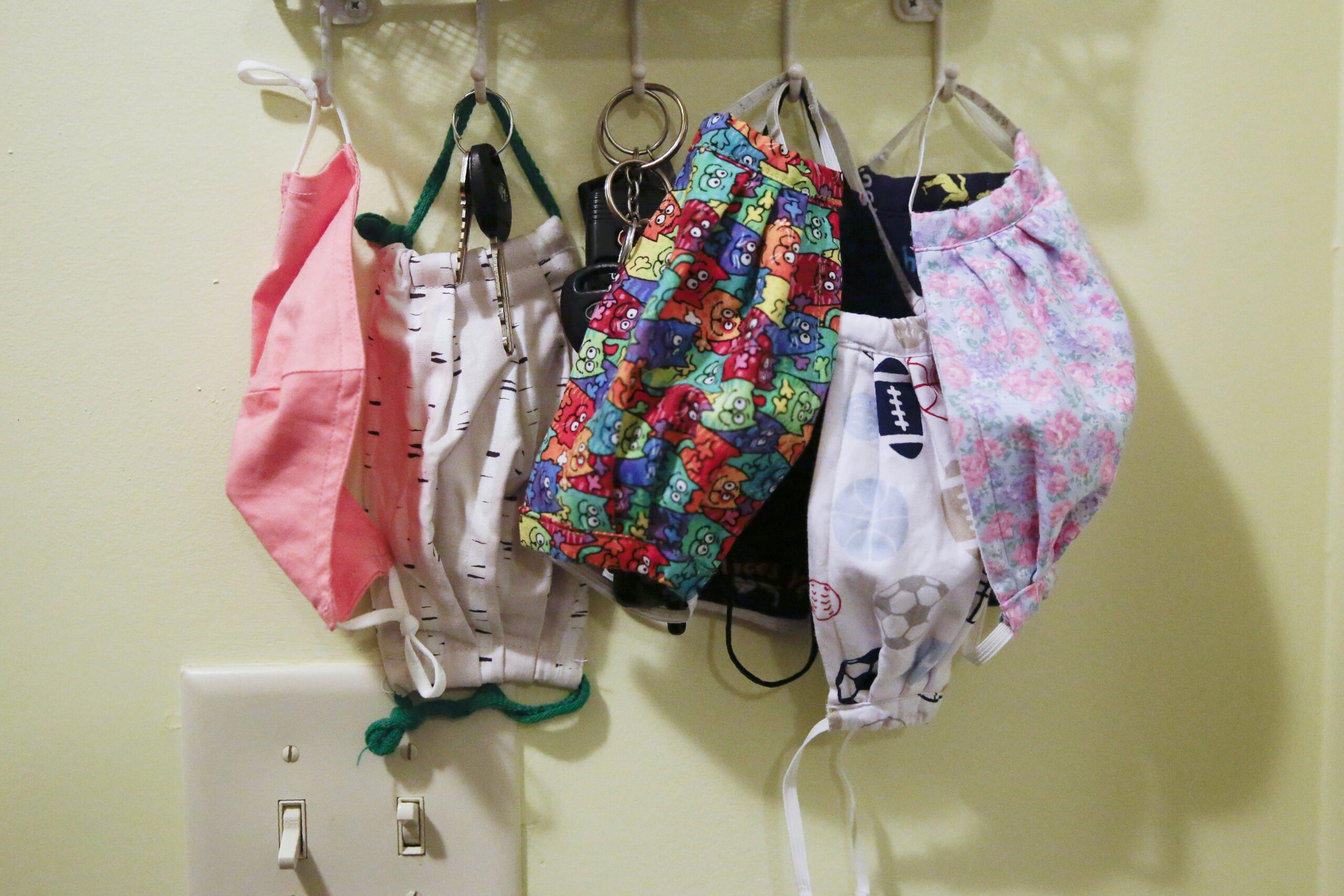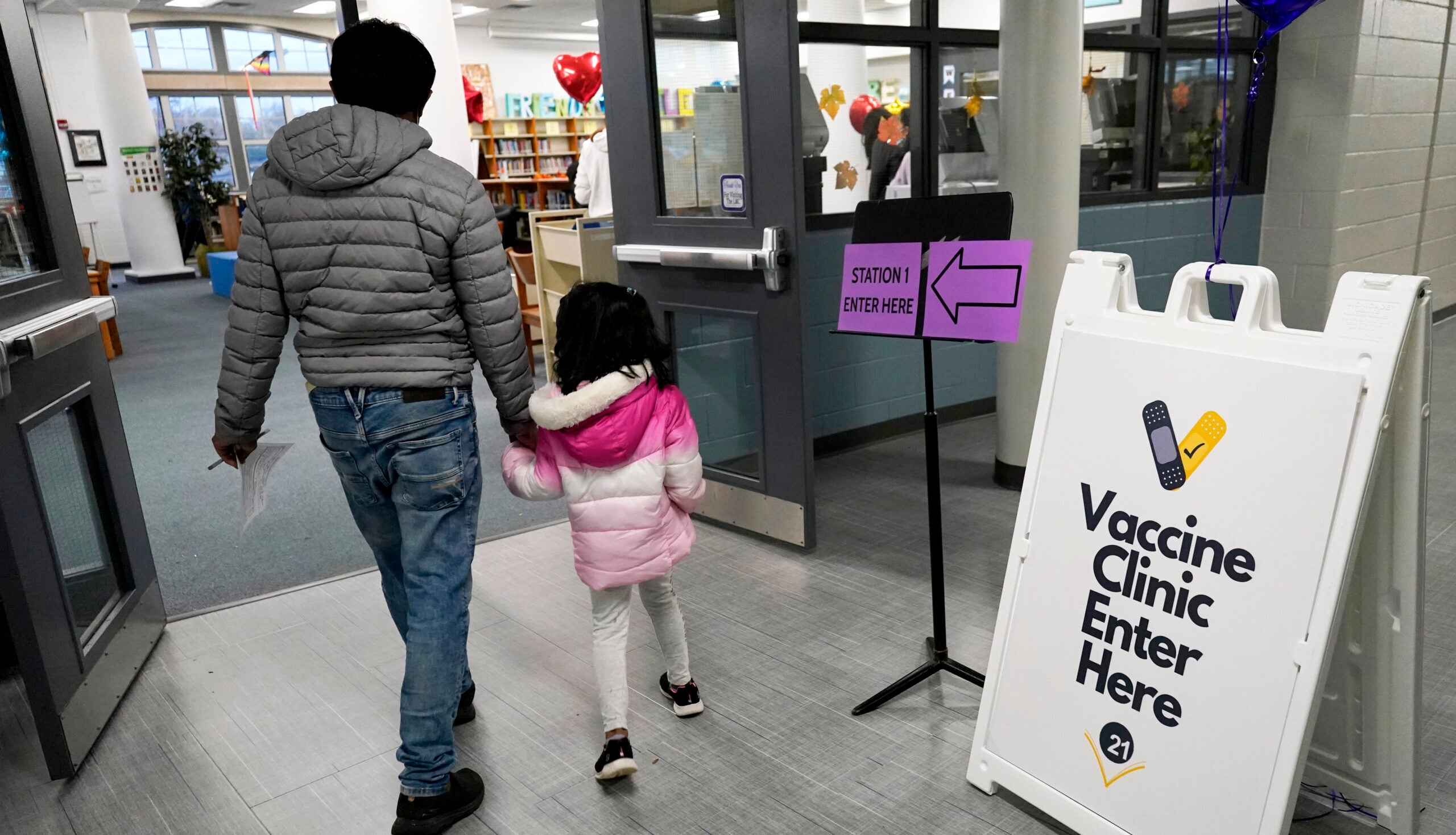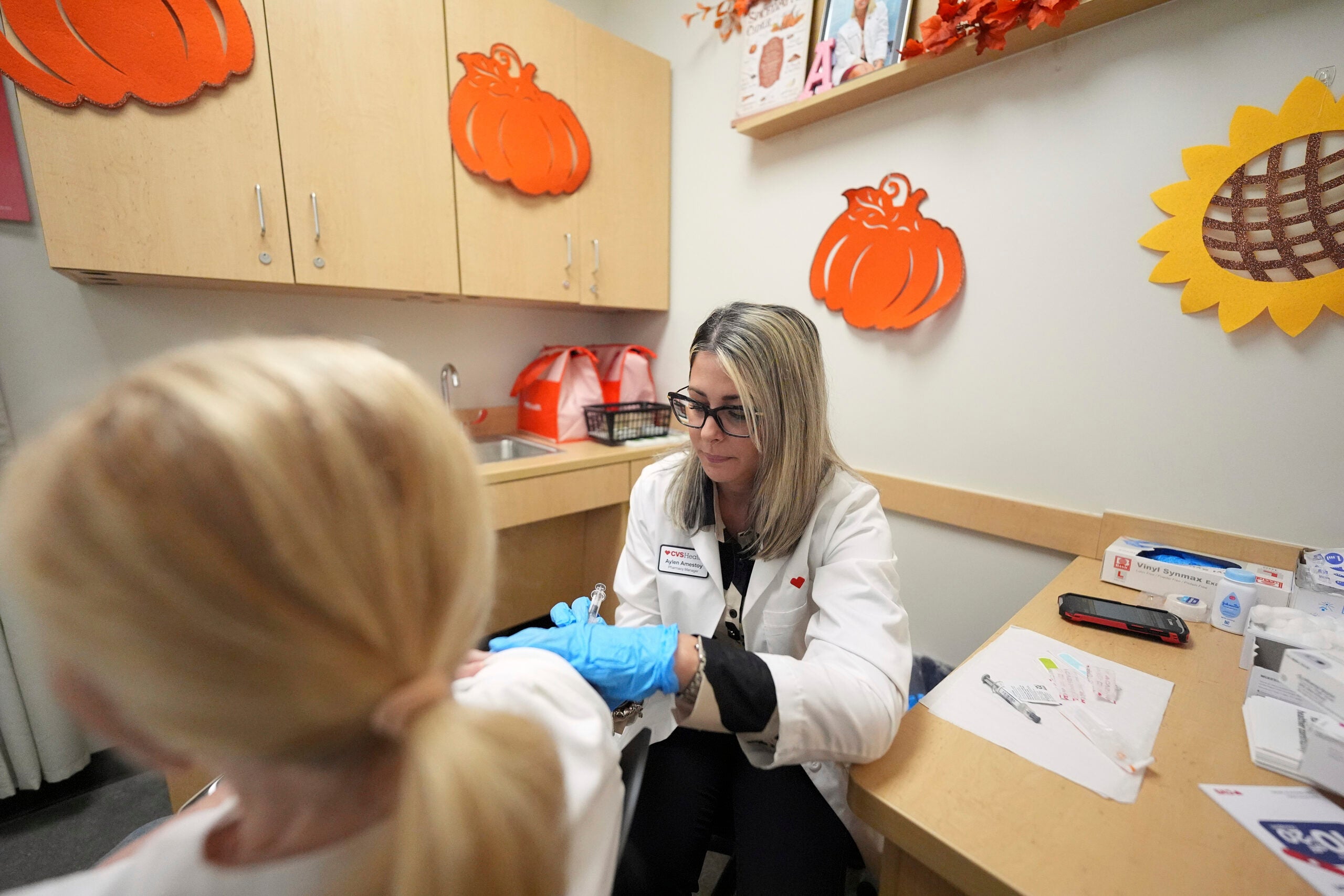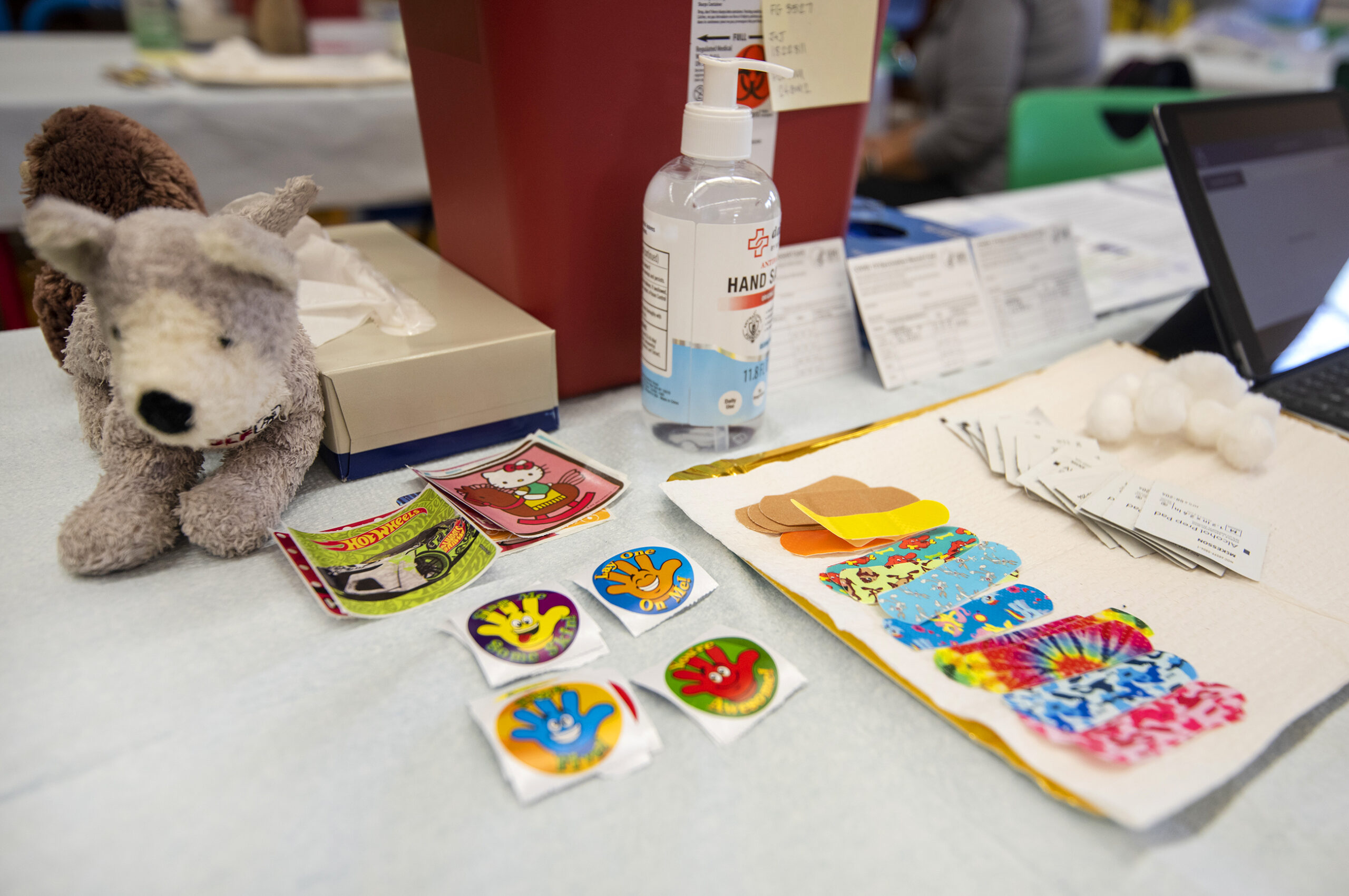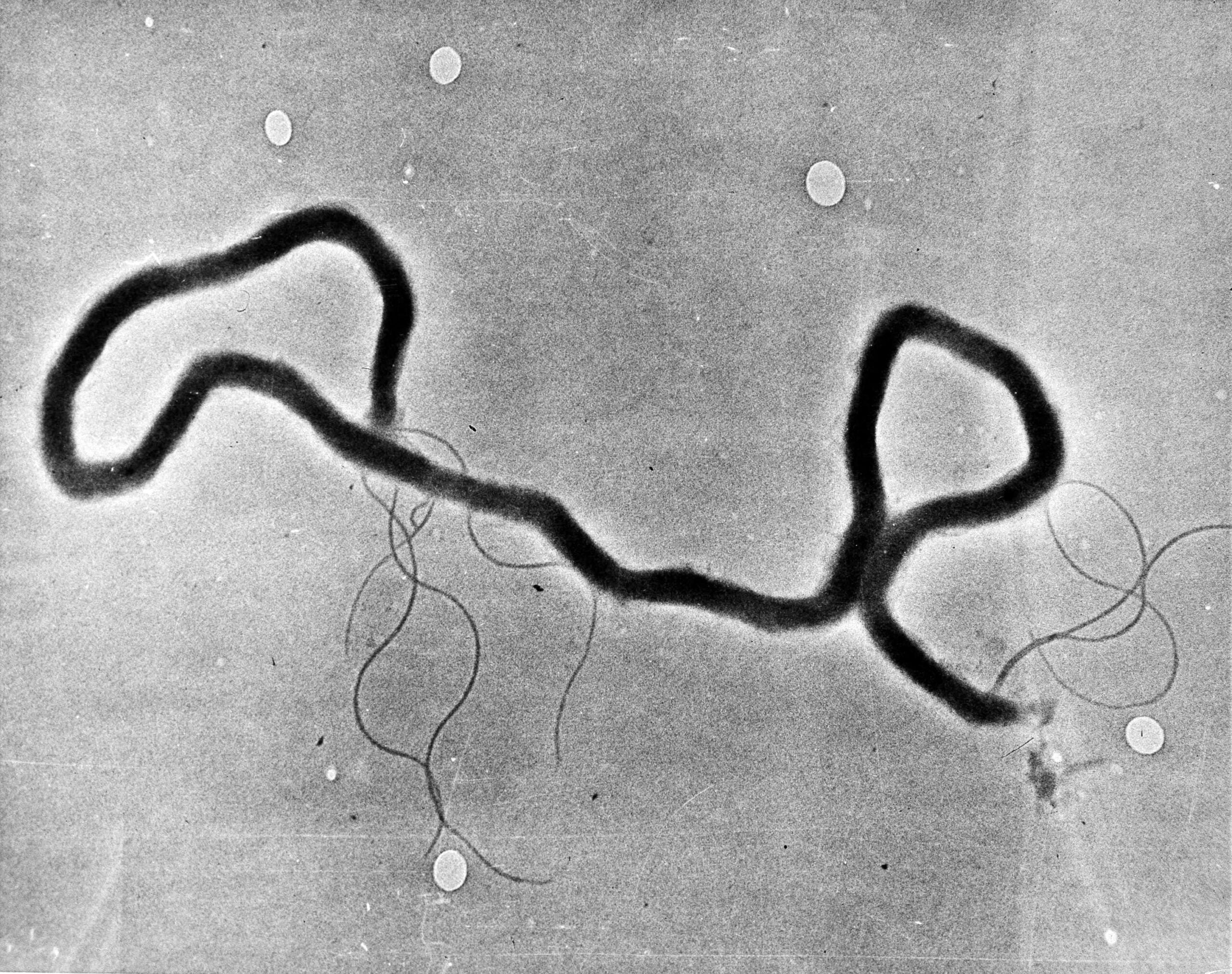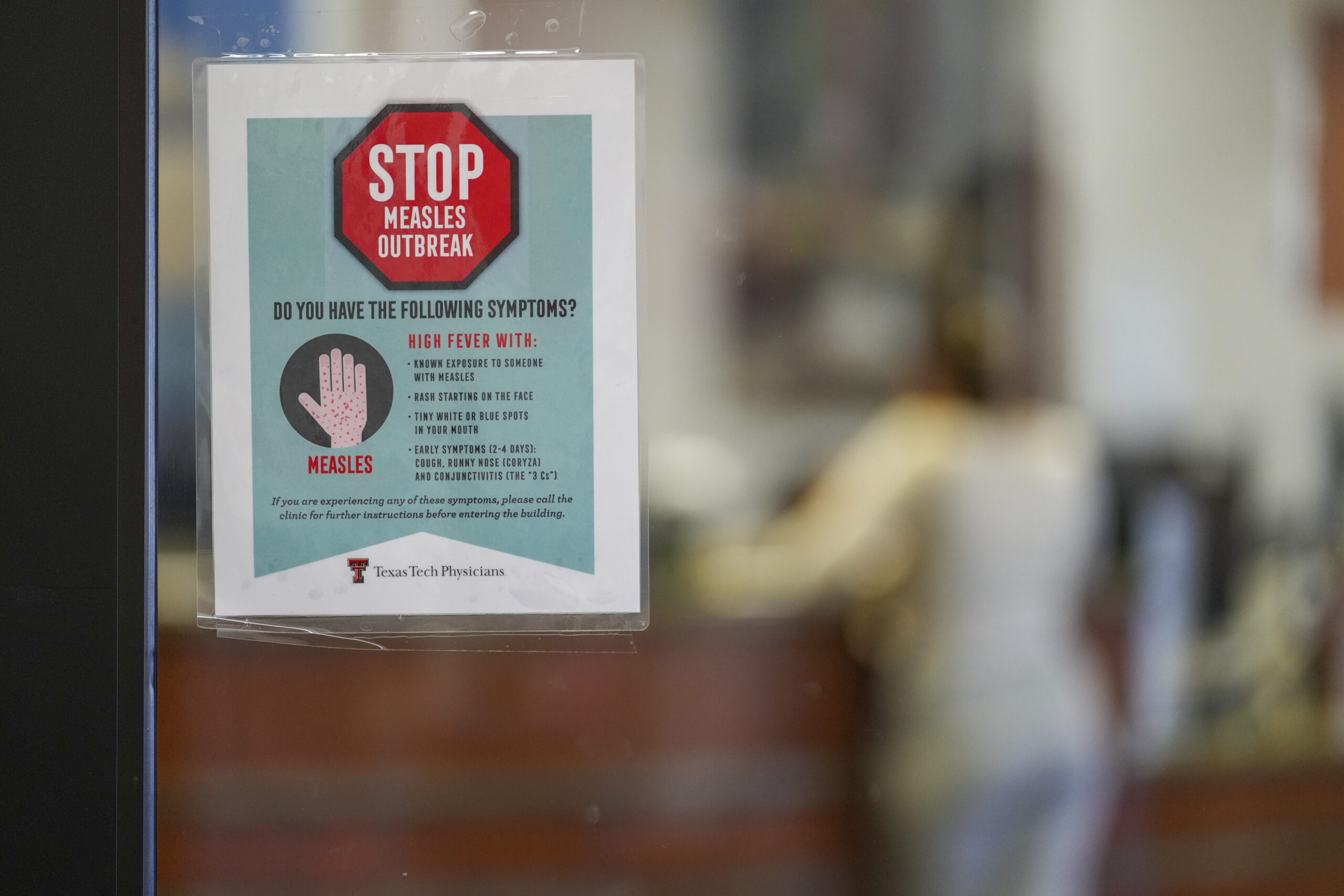Most of the research on how COVID-19 spreads has focused on communities. But it’s also happening in homes.
A new study involving families in Wisconsin and Tennessee suggests COVID-19 infections get passed to other household members more frequently than previously indicated in other reports and that fewer than half of the family members showed symptoms when they tested positive for the disease.
Both children and adults transmitted the virus to other family members, resulting in a secondary infection rate of 53 percent, according to the study, funded by the Centers for Disease Control and Prevention.
News with a little more humanity
WPR’s “Wisconsin Today” newsletter keeps you connected to the state you love without feeling overwhelmed. No paywall. No agenda. No corporate filter.
The study’s initial results come as cold weather sets in, and people spend more time indoors.
“A lot of people don’t have immunity to the virus. Think about household dynamics. You’re in close contact with your family members it’s likely you’ll get the virus,” said one of the study’s authors, Huong McLean, a scientist at the Wisconsin’s Marshfield Clinic Research Institute.
The study involved 101 households in the two states. After the first person in a family tested positive at a medical clinic, their family was recruited for a two-week follow up to see if other members of the household became sick. Participants tested themselves daily for COVID-19 using nasal and saliva samples. They also kept track of any symptoms of illness.
The ongoing research is designed to provide critical data regarding the recommended timing and frequency of testing. Results suggest transmission among household members is high and occurs quickly. Roughly 75 percent of secondary COVID-19 infections came within five days of the original patient’s illness.
Researchers recommend people isolate as soon as they have COVID-like symptoms, or before a test following exposure to the virus. They also advise everyone to wear masks within shared spaces in the home.
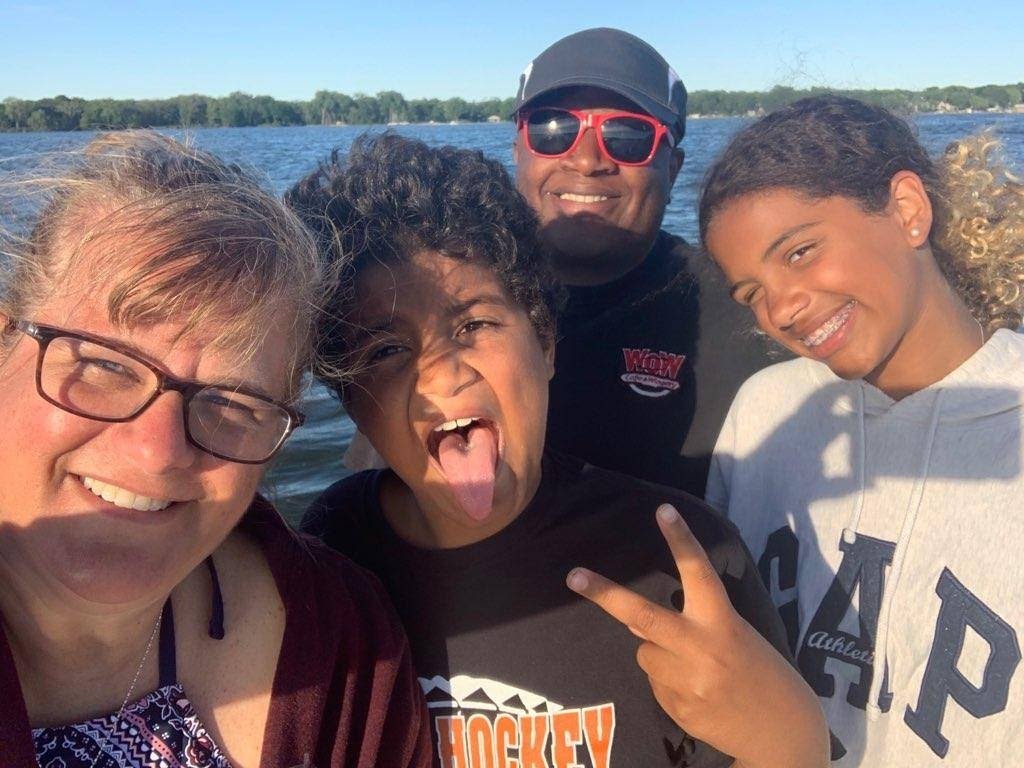
That’s what Lane Manning did after returning to Wisconsin after visiting Florida in mid-September where he was visiting his sister. One of her friends, which she saw before Manning visited, later tested positive for COVID-19. So Manning, 46, isolated himself in the basement of his Dane County home for 12 days.
Meals were left at the top of the stairs, and he wore a face mask in the house if he went upstairs. Neither his spouse nor his 10-year-old son became infected. But his teenage daughter, Reese, did, and she temporarily lost her sense of smell.
“I mean, we passed maybe once in the garage on my way outside to get some air,” he said. “But we were both wearing masks and 7 to 8 feet apart. She was on one side of the garage, I was on the other. We still don’t know to this day how she contracted (COVID-19).”
Manning said his 13-year-old daughter played soccer but with a mask on. Both father and daughter recovered from COVID-19.
Manning was not involved in the Marshfield study, which notes that although living in the same household with someone infected with COVID-19 increases risk, it can be difficult to determine whether family members gave it to each other or contracted the virus elsewhere.
Wisconsin Public Radio, © Copyright 2025, Board of Regents of the University of Wisconsin System and Wisconsin Educational Communications Board.

